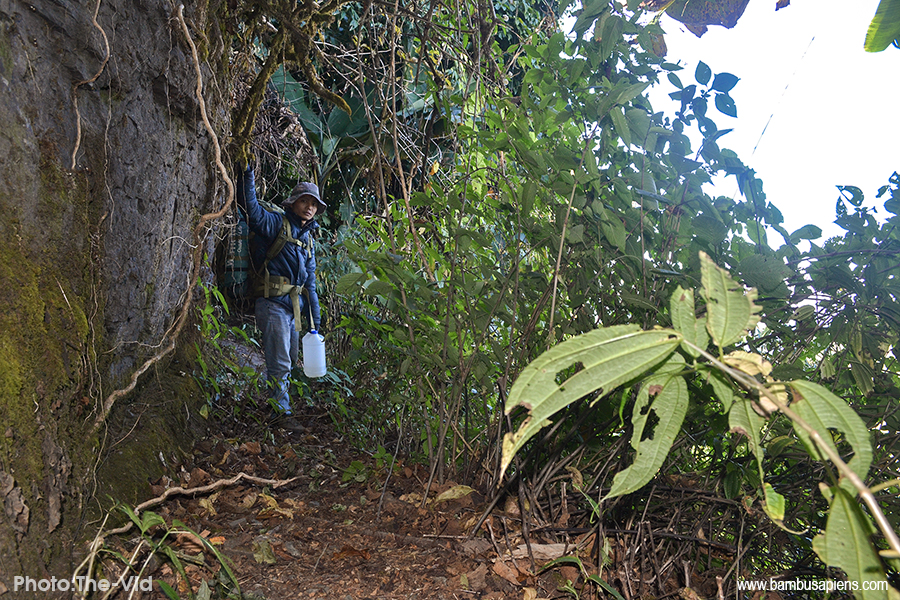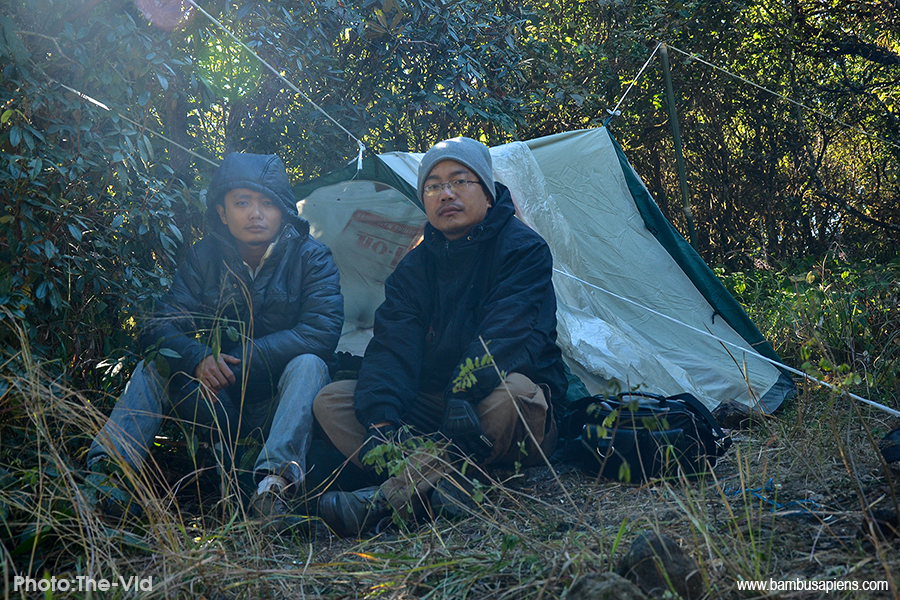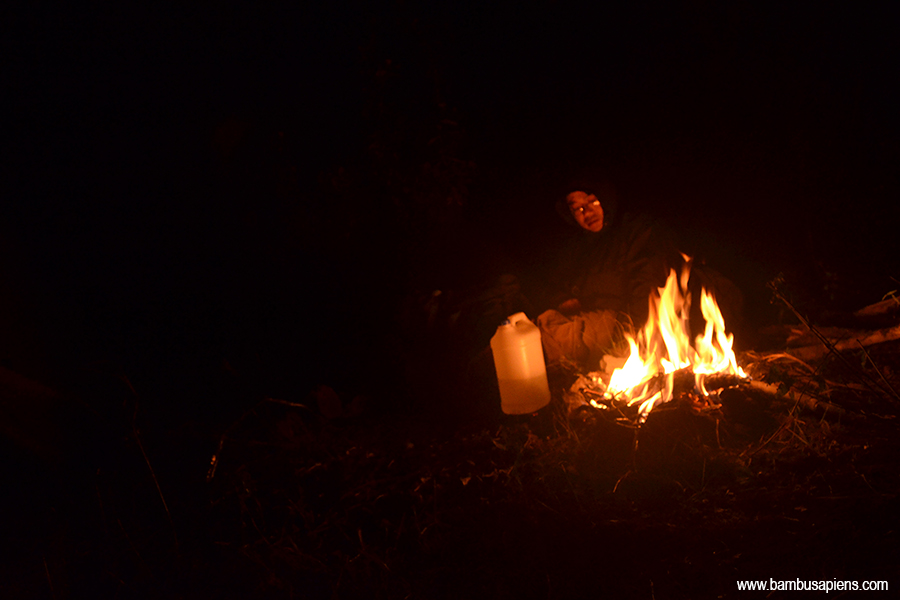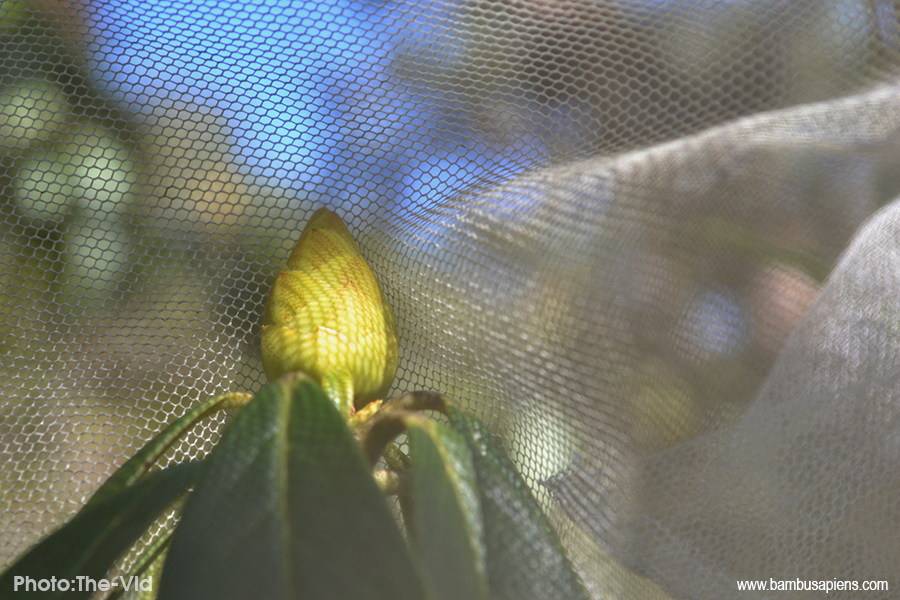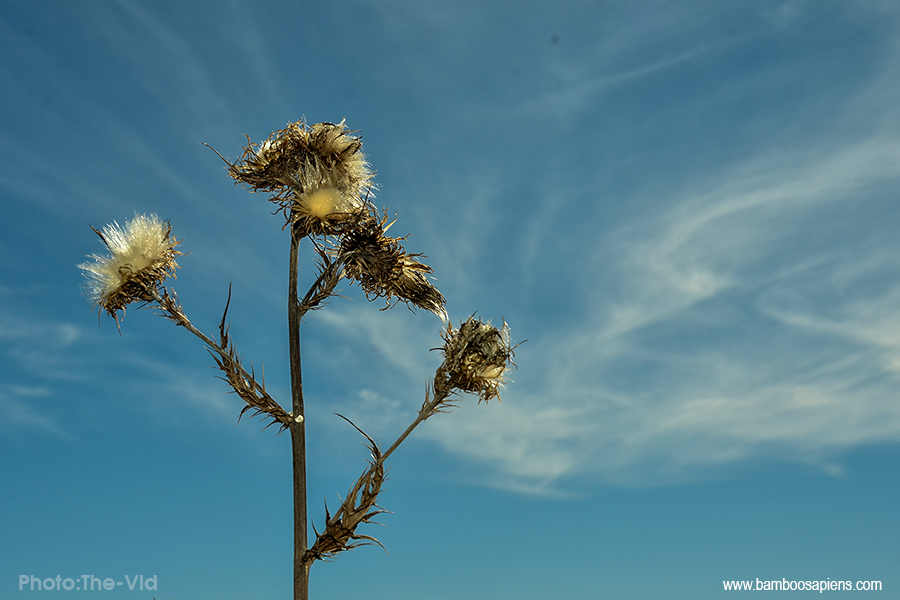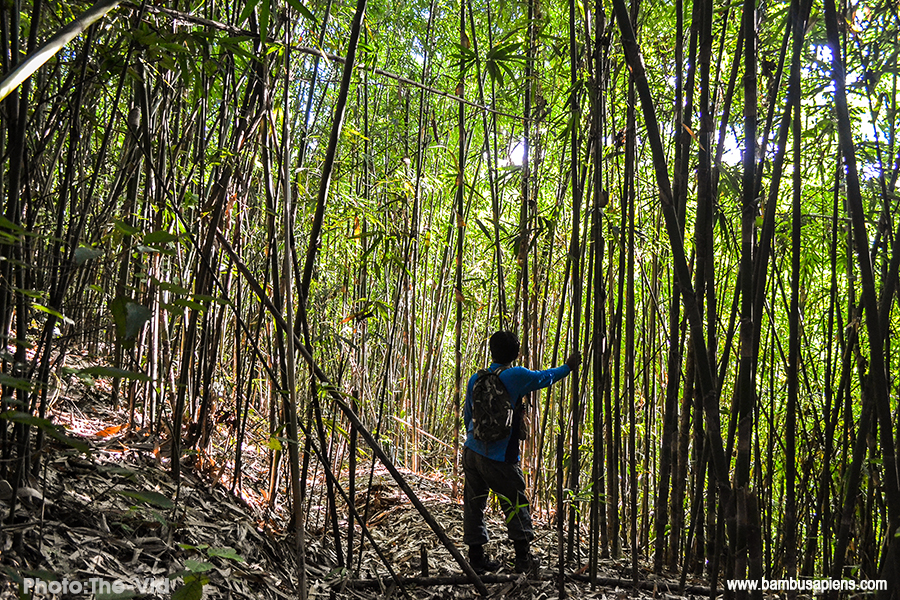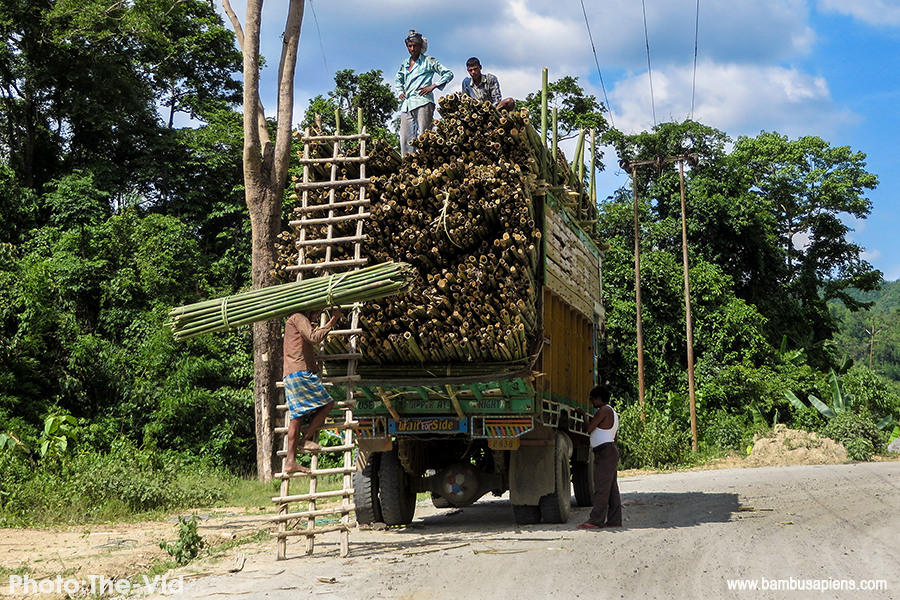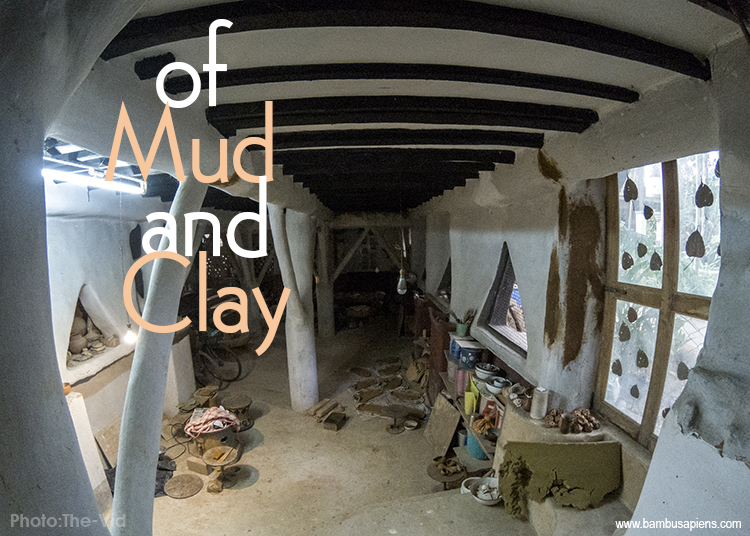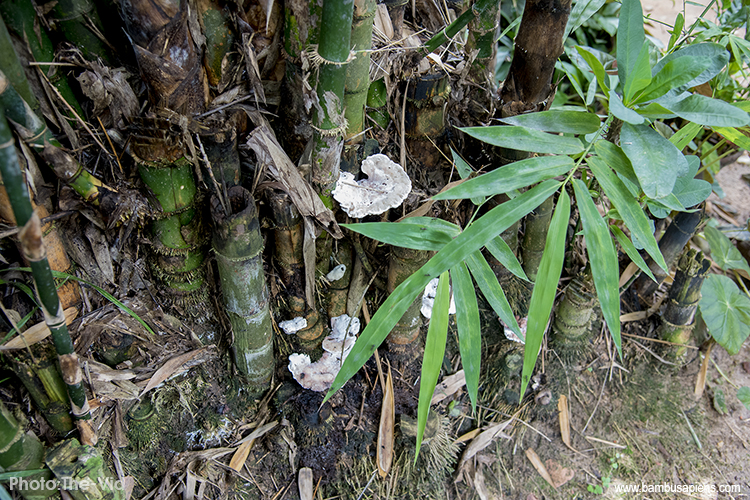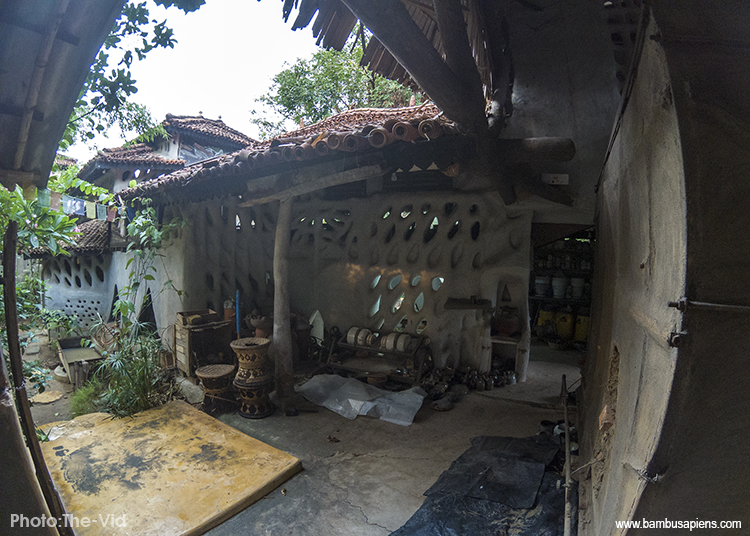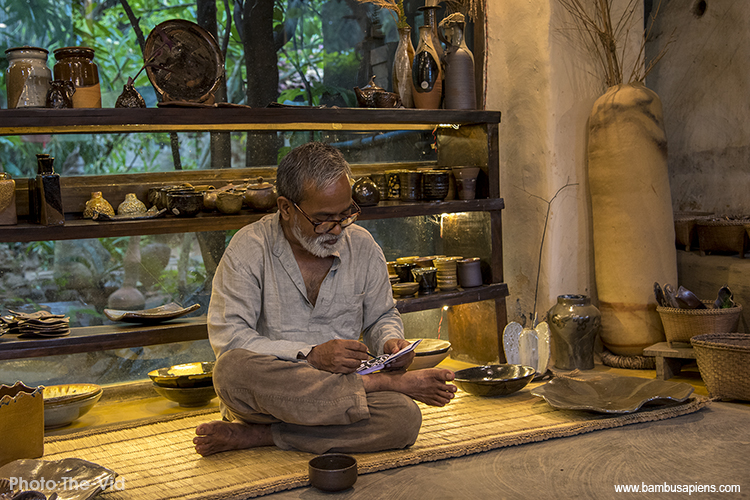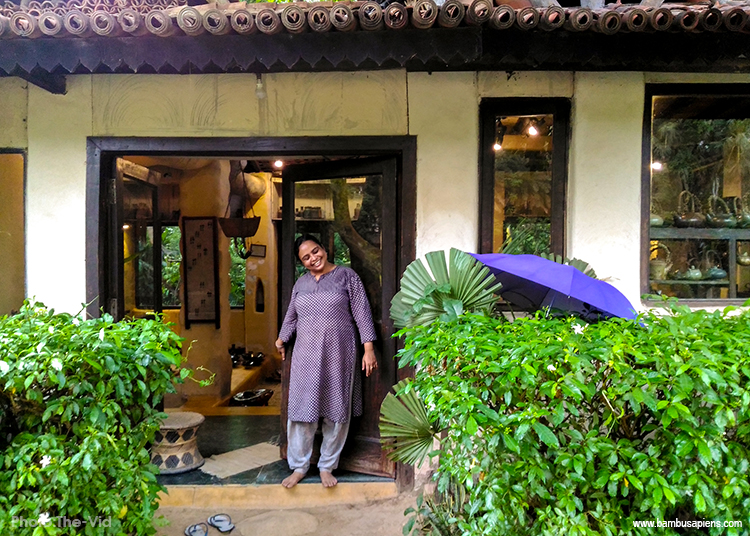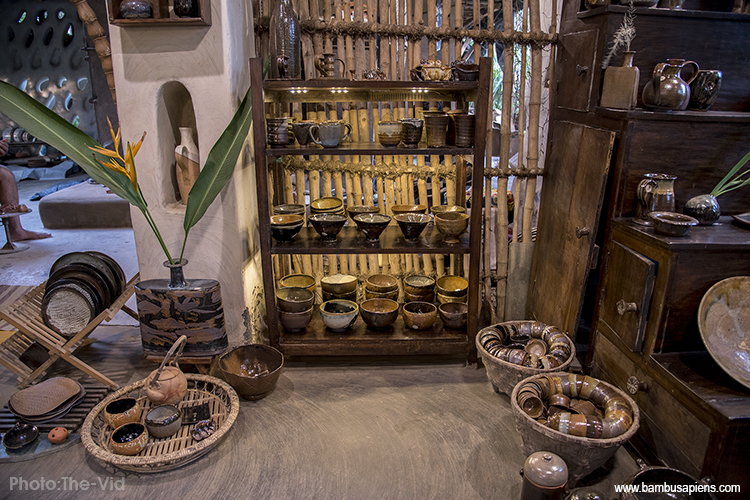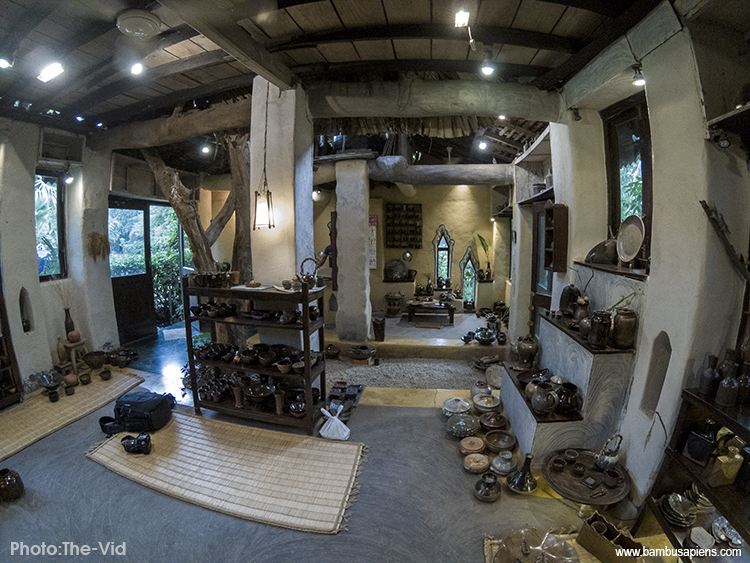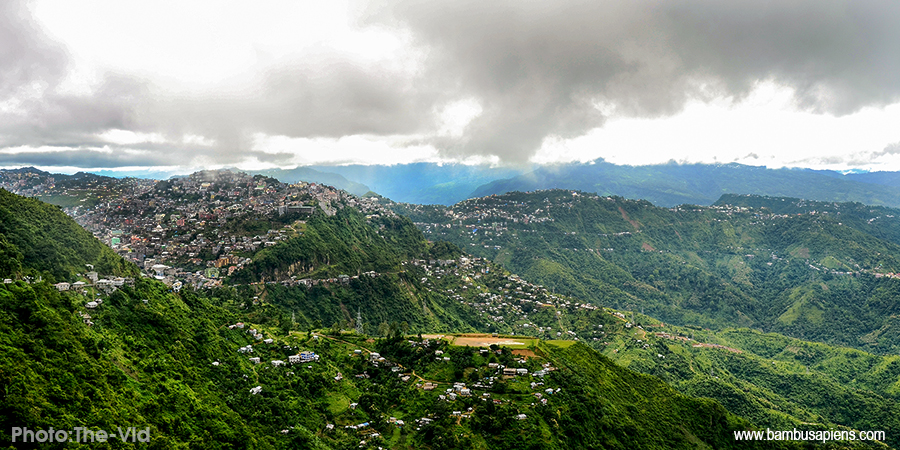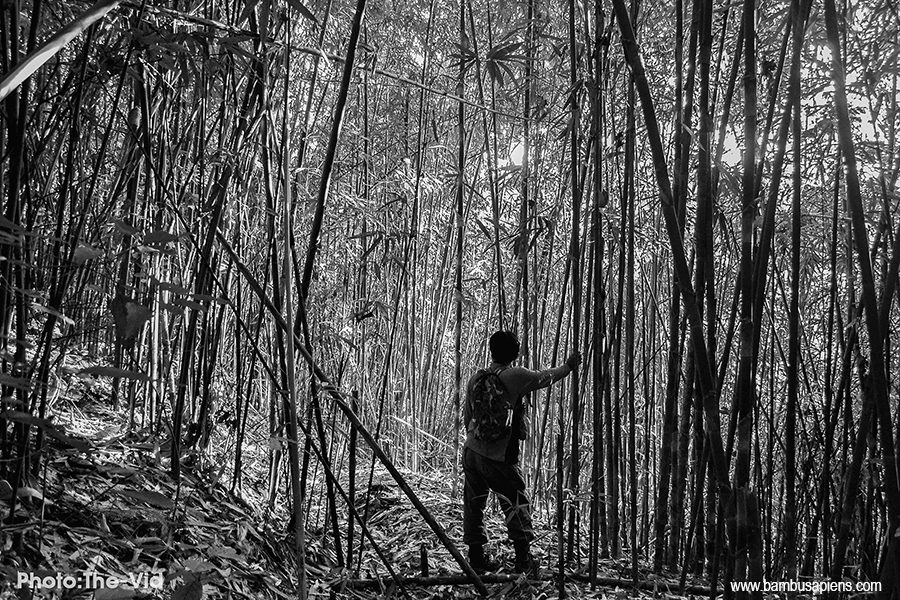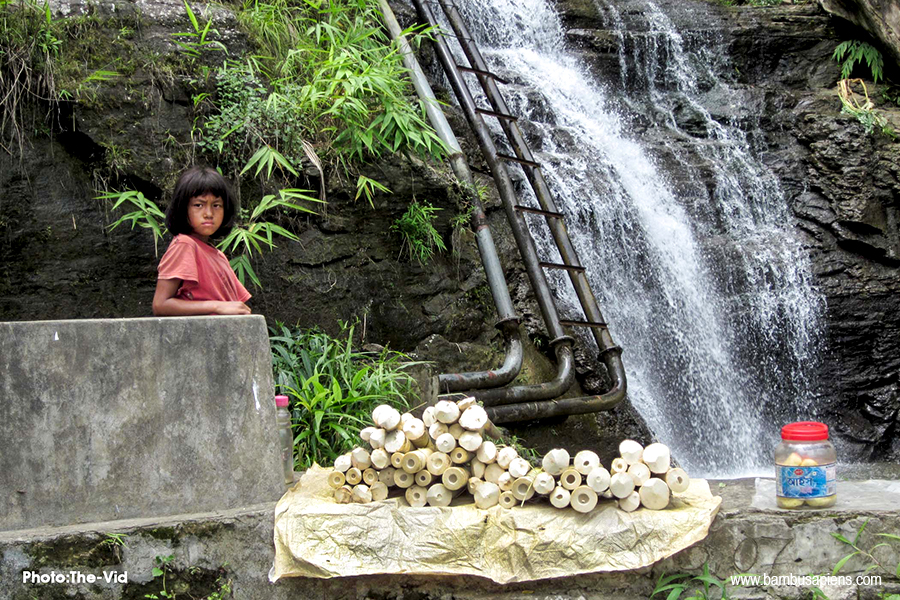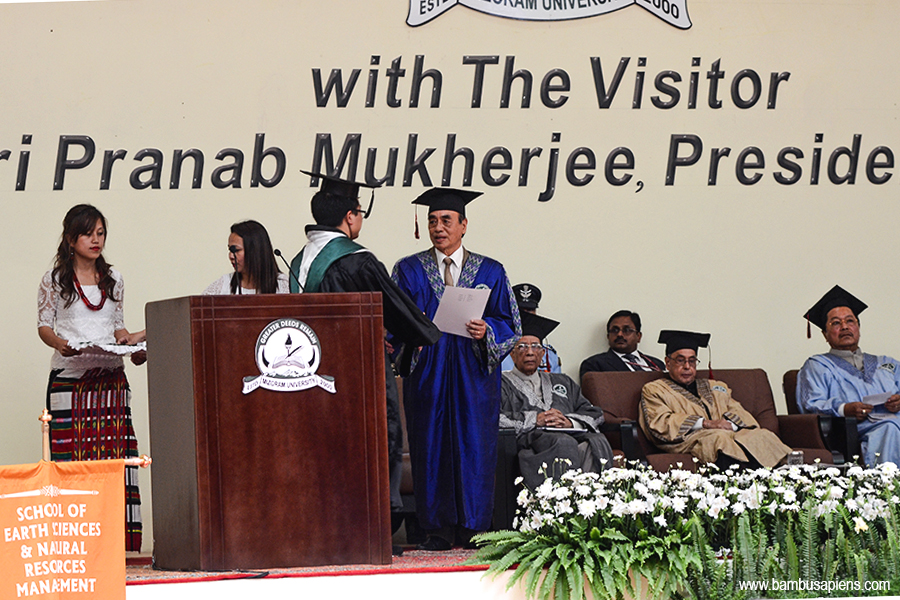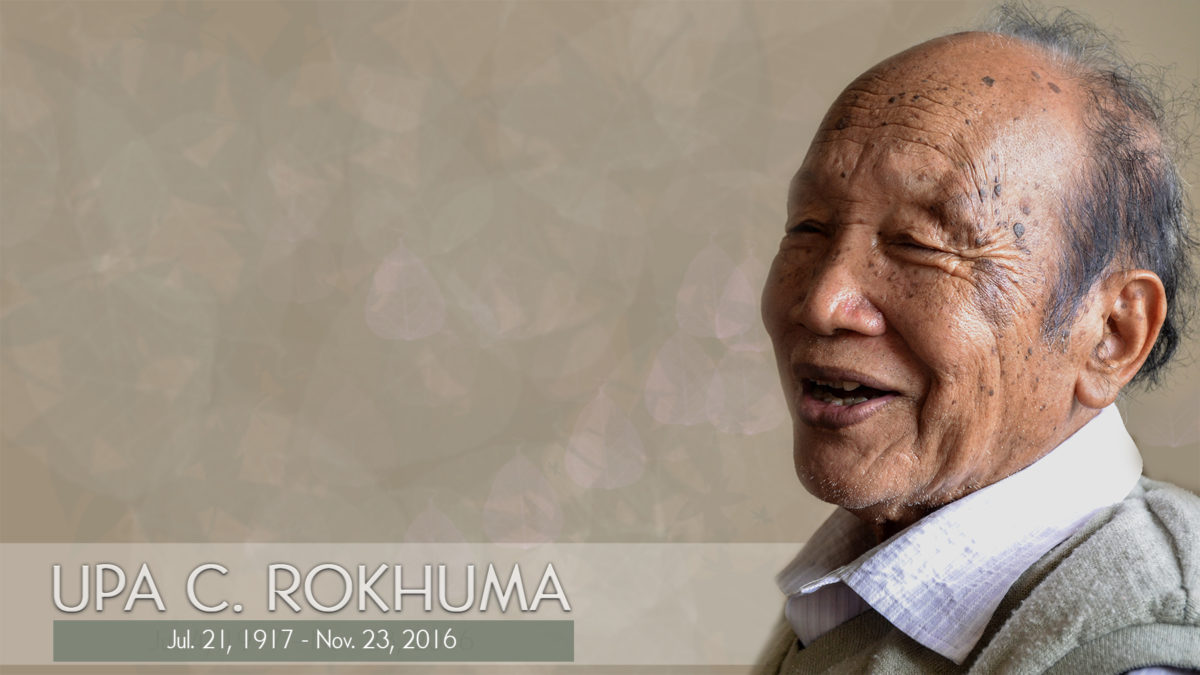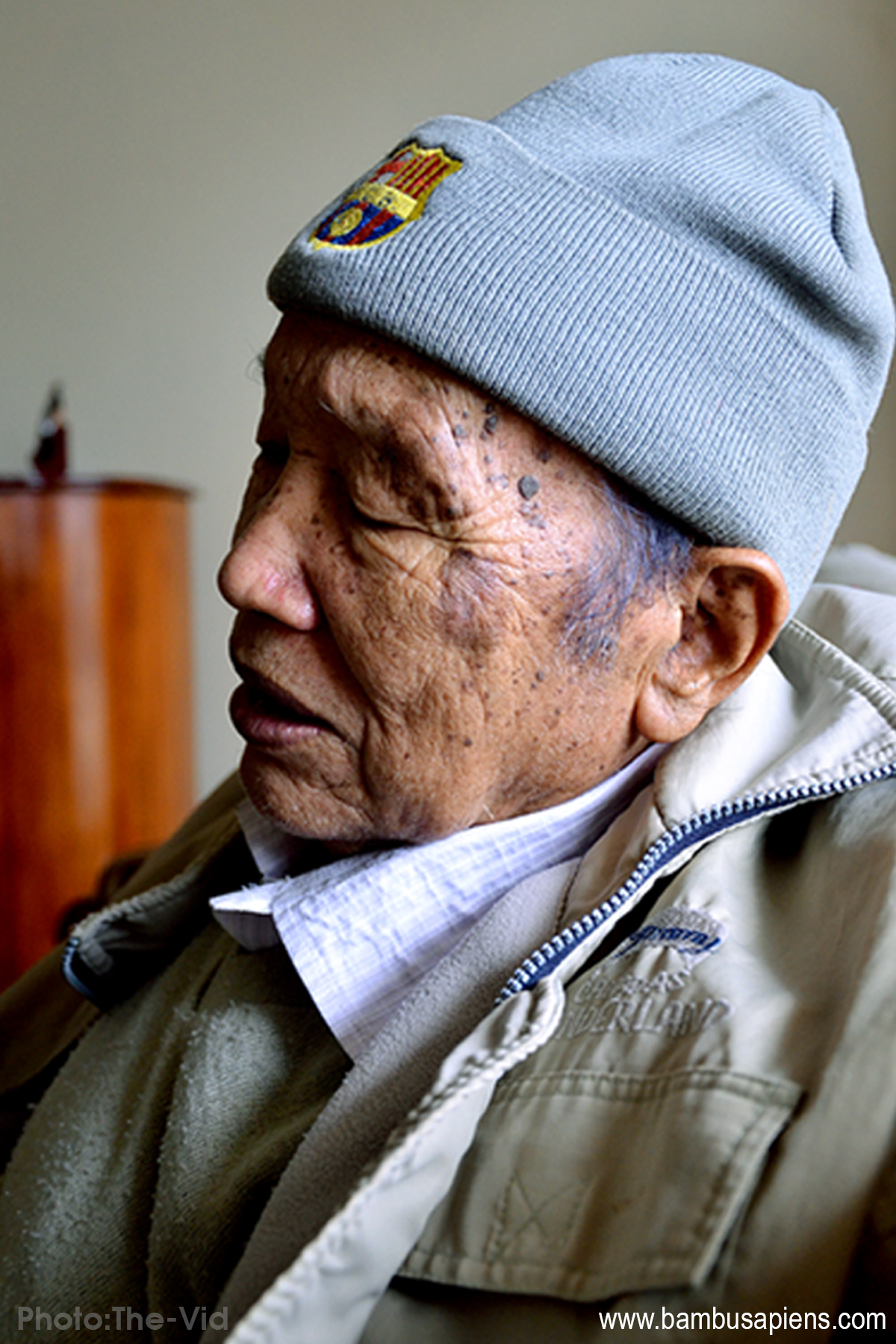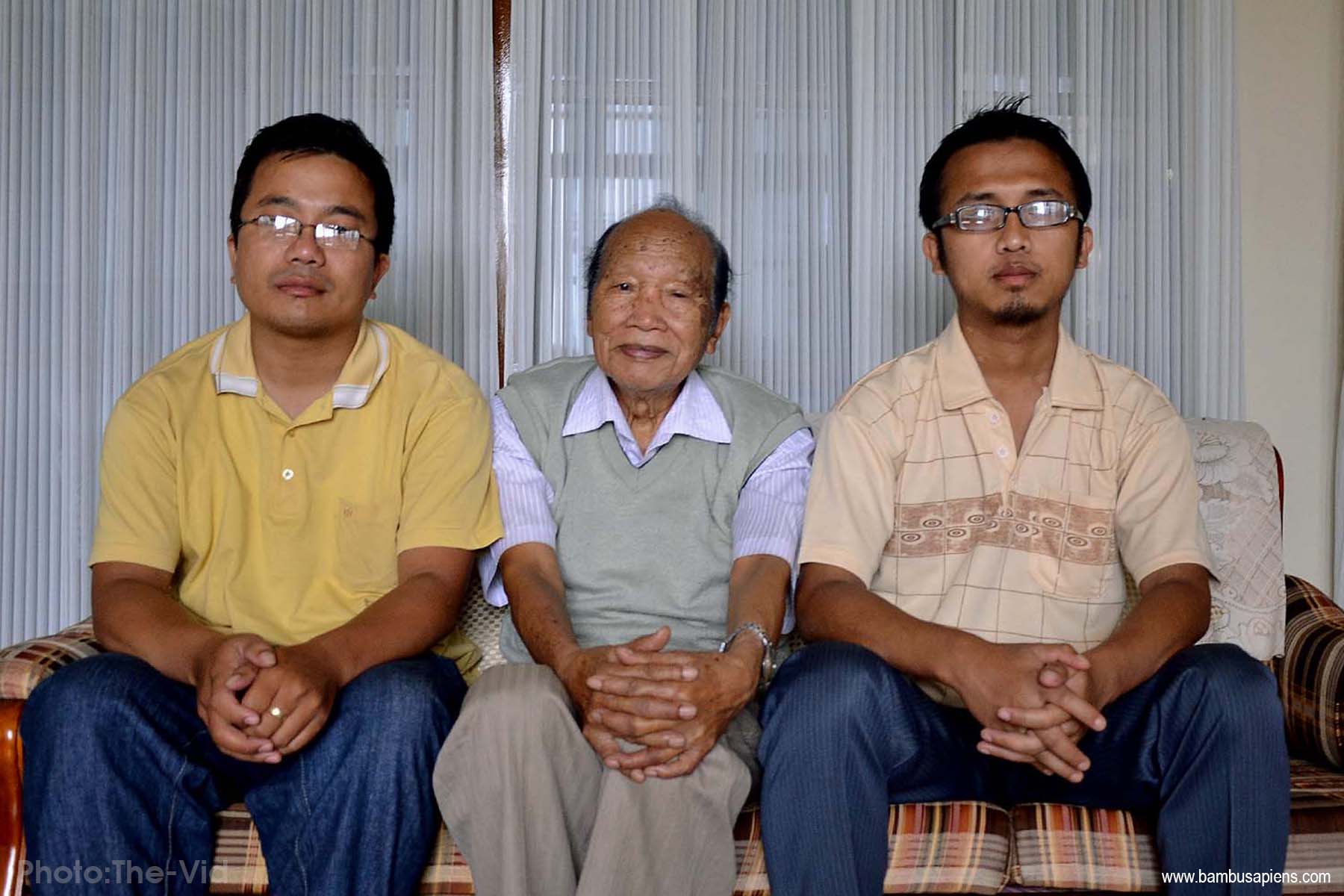Ramngaw neih zauh avanga hmingţha Mizote hian ramngaw enkawl dan te, a dimdawi dan te, hman ţangkai dan te kan thiam tawk lo hle mai a, ţawngka lama kan ngaihhlut ang aiin a takah kan ngaihlu tawk lo fo ţhin niin a lang. Hemi kawngah hian nasa lehzuala inzirtir kan ngai a, mipui te, tlawmngai pawl hrang hrang te leh Sorkar lama hemi changtu Department te phei chu nasa lehzuala an thawhho a pawimawh awm e.
Kum 1992 chhoa CYMA-in kumpuana Nungcha Humhalh a hman khan nasa takin nghawng a nei a, ramngaw hlutna kan hriatthar phah a, nungcha te hlutna pawh kan hriatthar leh phah niin a lang. Pi-Pute hunlai aţang tawha ramngaw leh ramsate thiam taka enkawl ţhin, Mizote hian kan hnam zia rang kan pensan nasat ber chu ramngaw leh nungcha te chunga ngilneihna lantir hi a ni awm e. Finna leh thiamna lo sang zelah rawmngaw humhalh kawngah harhtharna kan chang leh mêk a, a lawmawm tak zet a ni. Khawtlangin ramngaw an humhalh tam tak a awm a, chungho chu ngaw ţha tak, hawi khawthawnna atana remchang tak, khaw cheimawitu, nugchate tana tualchaina ţha tak a ni ta hlawm. Neitu nihna thinlung puin mahni khaw ta ţheuh chu uluk leh dimdawi takin kan enkawl mai a, khawdang ta leh Sorkar plantation te kan hlut lutuklo ţhin erawh hma kan sawnna tur kawng pawimawh a ni awm e.
Mizoramah hian ramngaw zau tak tak a awm a, ramngaw bawn tak erawh a tam tawh lo niin Indian State of Forest Report 2017 (ISFR 2017) chuan a tarlang a. Chutih rual chuan India rama ramngaw nei zau ber te zinga mi erawh kan la ni chhunzawm reng bawk. Heng kan ramngaw neih te hi uluk leh zuala kan zirchiana, a nihphung, a awm dan, kiam chhan leh pun theih dan tur, hman ţangkai dan tur te kan ngaihtuah nasat deuh deuh a ţul awm e. Chumi ti tur chuan mithiam neih a pawimawh a, chutiang mi chherchhuak thei tura hmalak a ngai a, chumi lama mithiam te chu Sorkar pawhin a hman ţangkai an ngai bawk.
Ramngaw enkawl dan zirna
Ramngaw enkawl dan lam hawi zirna hi Forestry an ti a, United Nations hnuaia Food and Agriculture Organisation pawhin Forestry lam zirtirna leh research hi nasa takin a kalpui a, Department hran a siam hial bawk. Kum 1990 khan NEHU chuan Mizoram Campus-ah Forestry zirna bul a ţan a, hun engemaw chen chu India Hmarchhak lama Forestry zirna sang (MSc) zir theihna awmchhun a ni nghe nghe. Mizoram University a nih hma aţanga vawiin thlengin ramngaw enkawl dan zir mi engemaw zat a chherchhuak tawh a, Mizoram leh India ram hmun hrang hrang aţanga zirlai te an ni. Mizoram University-a Department of Forestry vêk hian PhD pawh eng emaw zat a chherchhuak tawh bawk.
A sang lama zirna changtlung leh ngelnghet tak kan neih laiin, a bulţhut zirna Mizorama pakhat te mah kan la neilo hi erawh a pamhmai deuh. Forestry zirna hi ţhuanghnihin a kal a, Under Graduate (UG) hi Indian Council of Agriculture Research (ICAR) hnuaiah a awm a, professional degree course niin kum li zir a ni a BSc (Hons) Forestry degree pek ţhin an ni. Post Graduate (PG) hi ICAR leh UGC hnuaiah (a university a zirin) awmin kum 2 zir a ni thung a, an zir zawhah MSc Agro-Forestry emaw MSc Forestry degree emaw pek ţhin an ni. Mizoram University a Forestry zirna hi UGC hnuaia awm a ni a, ICAR-in a pawmpui leh hriatpui a ni bawk a, zirchhuak te hi MSc Forestry degree pêk ţhin an ni. Tin, MZU bakah hian Indian Council of Forestry Research and Education (ICFRE) hnuaiah Forest Research Centre for Bamboo and Rattan (FRCBR) kan nei bawk a. Hei erawh a nawlpui tana zirna hmun nilovin Scientist rual ten an zirbingna hmun tura duan a ni. Scientist thawk erawh mi pahnih emaw chauh an awm thung.

India Hmarchhakah hian Agriculture kaihhnawih zirna hrang hrang kan nei a, state hrang hrangah zirna kan neih dan a inanglo fur a, a ram a zirin zir tur hi an thlang ni awm tak a ni. UG-a Forestry zirna hi India Hmarchhakah hian pahnih (2) a awm a, Arunachal Pradesh-ah ve ve awmin, NERIST-leh Pasighat-ah a awm a. Pasighat-ah hian College of Horticulture and Forestry tiin, Central Agriculture University hnuaiah a awm a, kum 2001-a din a ni. Arunachal Pradesh pawh hi Mizoram ang bawka tlangram, ramngaw nei ţha êm êm an ni a, hetiang zirna pahnih ngawt an nei pawh hi a mawh love. Chutihrual chuan an ramngaw leh a kaihhnawih zir bingna ang chi erawh a ram mi te zirchhuah a awm manglo thung hi an vanduaina a ni.
Mizoram leh Forestry zirna
Mizoram pawh hi ramngaw kan neih ţhat dan te leh kan ramngawin enkawl a mamawh zia ngaihtuah chuan Forestry bulţhut zirna hi a tlem berah pahnih emaw tal chu nei ve awma mawi kan ni. UGC hnuai a nih loh avangin College pangngaia dah ngawt a remchanglo thung. Mahse Mizoramah ngei, Central Agriculture University (CAU) hnuaiah College of Horticulture kan neih ve tak avangin Forestry zirna bulţhut kan neih ve theih dan kawng hi awm se a duhawm tak zet a ni. Horticulture College behchhanin, College of Horticulture and Forestry tiin emaw a tihlen theih ngeiin a rinawm. Mizoram University-ah Department hlun tak a nih sa avangin Forestry Garduate te tan zir chhunzawmna turah buaina a awm lo bawk. Kan ramngaw neih te kan humhalh a, enkawl dan kan thiam theihna tura rahbi pawimawh tak a ni ngei ang. Mipui te zirtir thei tura inzirthiam tur mihring chherchhuahna kawng pawimawh tak a nih dawn avangin State sorkar pawhin hemi kawngah hian ţan la se a duhawm hle bawk. Tin, State Forest Service leh Indian Forest Service-ah te pawh hian Forestry lama thiamna nei ngei te a tam thei ang an luh hi duhthusam a ni a; National Forest Policy 1988 (NFP 1988) pawhin chutiang tak chuan kawng a hawng bawk, ngaihpawimawh erawh a hlawh lem hlei lo a.
Mizoramah hian Forestry zirna bulţhut hi nei ila, Forestry lama mithiam hi tun aia tam chhuak se, ramngaw enkawl chungchangah pawh kan ţhahnemngaihna hian nasa lehzualin awmzia a neih a rinawm bawk. Kum khata thing kan phun zat zo zai te hi a tam hle, amaherawhchu thingphunna hun leh hmun fu zan lo avanga a nih tur ang ni lo, ţhang mumal theilo leh zuih ral hi a tam zawk a ni tih chu a chiang reng mai. Chutiang zelin, kan ram mite ei leh bar zawnna bulpui pakhat lo neih te pawh Forestry zirna huangchhunga Agroforestry system an tih hnuaia mi a ni a, sawt zawk leh hlawk zawka thlai kan thar a, kan lo hmun te kan enkawl a, chul kan tih hrin leh theih dan tur pawh hi Forestry thiamna hmanga zawnchhuah theih a ni. Policy engemaw, scientific research mumal awmsilova a ler atanga inthuai buaihna tur chi ruahman fo ai hi chuan a bulthut atanga zirchian a, a zirchiang tur mithiam chherchhuah a, hman ţangkai hi a sawngsawhlawt zawkin a rinawm fo ţhin.
Ramngaw aţanga kan thil dawn leh hmuh te hi sawi dawn ila sawi sen a ni hauh lovang. A tlangpui chu kan hre deuh vek bawk awm e. Kan tan a ţangkai êm êm, a enkawl dan leh a chhawr ţangkai dan kan thiam fumfe siloh hi kan hman ţangkai lehzual theihna tura mipui te kaihruaia, zirtir thei tur mithiam kan mamawh a. Chutiang mi chherchhuahna tur hmun chu kan tuallaiah ngei kan neih hi kan chanvo a ni. Central Sorkar duh danin (NFP 1988) kan rama thing leh mau te nasa taka humhalh a ni a, mimal huan leh rama kan thingphun te pawh a neitu ten an duh duha an seng theihloh tura khuahkhirh a ni bawk a, tin, riverine reserve avangin kan rama leiţha deuh lai chu vantlang tana hman theih a ni meuh lo bawk. Central sorkarin “state lenzawng aţanga teha za a 60 (60%) hi ramngaw a ni tur a ni,” a tih laiin Mizoram hi chuan 86.3% zet mai rawmngaw kan nei thung (ISFR 2017). Hengte avang pawh hian ramngaw enkawl lama mithiam chherchhuahna tur Forestry College min pêk hi Central Sorkar pawh hian a ba vein a lang.
Ramngaw humhalh hi mahni chauh emaw, tlawmngai pawl chauhin emaw, sorkar chauhin emaw a a vei hian a sawt mawh a, ţanho ngai chi a ni. Pawngpaw humhalh ringawt hian a chhehvela cheng te eizawnna kawng tam takah a tihţhuanawp theih avangin ramngaw enkawl dan mumal tak neih a ngai a, sorkar dan awmsa bawhchhe silo a mipui te ei bar zawnna atan pawha ţangkai tho si a enkawl a ngai fo ţhin. Chu’ng hunah chuan a zirmi te, mithiam te an pawimawh ţhin. Zirna hi a chepakai aţanga a dik a ngai a, a ler a ţhuai ringawt lova a bulţhut aţanga thiamna ngelnghet a awm theihna turin zirna bulţhut neih ţhat a pawimawh a, chutiang Forestry lam zirna bulţhut chu UG (College) aţanga inţan a nih miau avangin Mizoram hian kan mamawh tak zet a ni.
International Day of Forest 2019
March 21 hi “International Day of Forest,” World Forestry Day tia an sawi bawk, ramngaw hlutna leh pawimawhna inzirtir tharna ni atan United Nations General Assembly-in a puang a, kum 2012 aţang khan kumtin hman ţhin a ni. He ni pawimawh tak hi thupui bik neia hman ţhin a ni a. Heng thupui te hi Collaborative Partnership on Forests (ram hrang hranga ramngaw humhalh kawnga thawkho pawl) ten an thlang ţhin a; kumin thupui atan “Rawmngaw leh Zirna” (Forests and Education) tih chu thlan a ni a, a tum ber chu “ramngaw enkawl dan mumal zawkin a ţha zawnga nghawng a neih dan” inzirtir thar a ni ber awm e. World Forestry Day atana March 21 thlan a nih kher chhan hi chhun leh zan rei zawng a inchen ni, “spring equinox” a nih vang a ni bawk.
[Vanglaini Vol. XXXIV No. 66 March 21, 2019-ah tihchhuah a ni]








